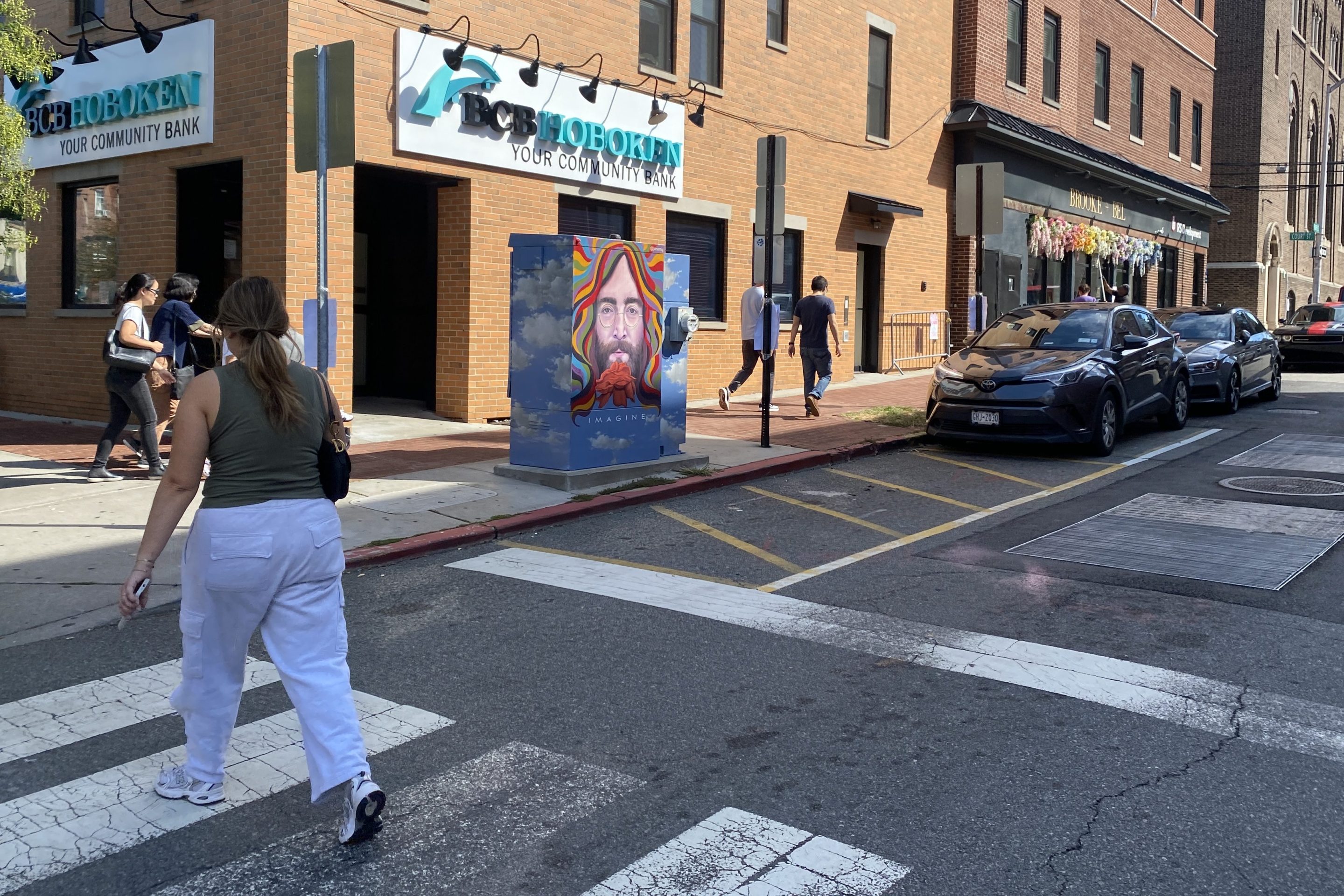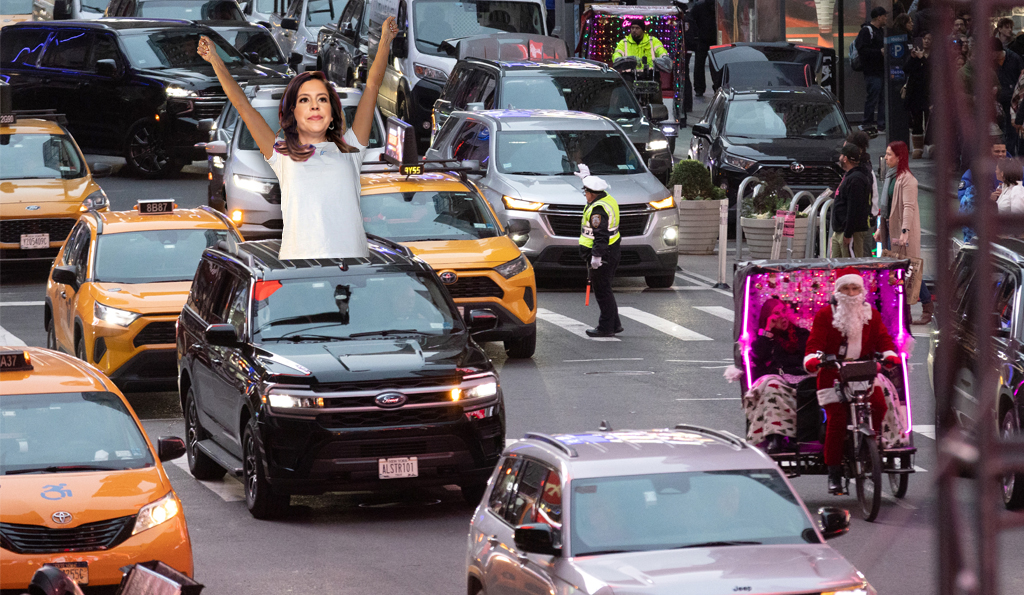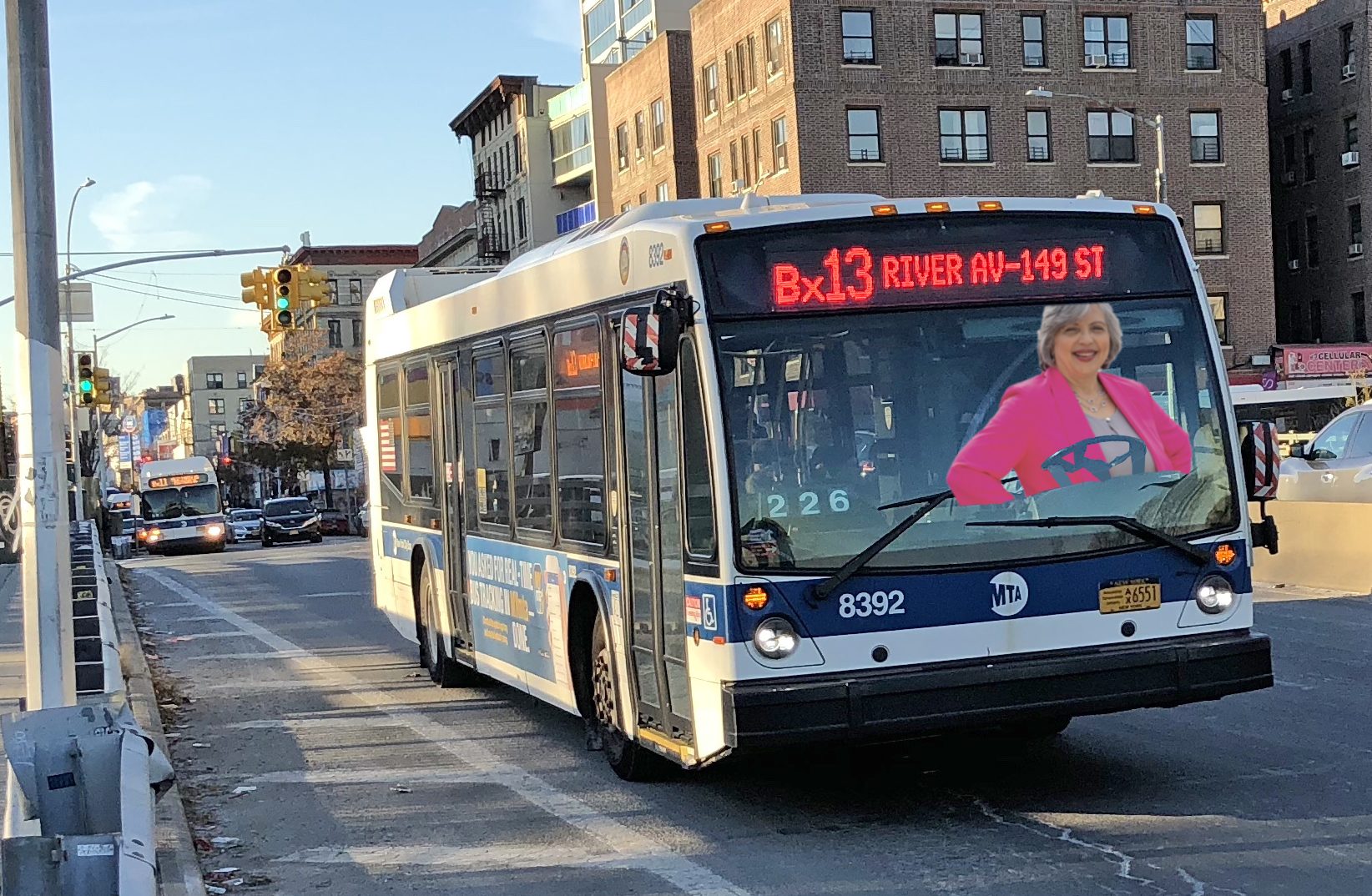
The proposed Gowanus Whole Foods is moving forward after eight years of planning and debate, following a vote by the NYC Board of Standards and Appeals today. With it will come a 248-space surface parking lot: a semi-suburban design plunked down amidst some of Brooklyn's most walkable neighborhoods.
According to new research by University of Pennsylvania planning professor Rachel Weinberger, whose work on parking minimums Streetsblog highlighted earlier today, putting those spaces in a surface lot will discourage people from walking to the grocery store.
Weinberger's research, conducted with Donald Maley of the Parsons Transportation Group, compared how local shoppers reached six Philadelphia supermarkets [PDF]. Each store was located in a neighborhood with the fundamental components of walkability: rowhouses or apartment buildings that meet the sidewalk, a street grid without major arterial roads, no big box stores.
Three of the grocery stores, however, had large surface parking lots in front of the entrance, while the other three had a front door on the sidewalk and parking in structures above the store or in off-site structured garages.
Surveying residents living within a half-mile walk of each supermarket, Weinberger and Maley were able to show that residents near the groceries with surface parking lots tended to drive to the store, even though they had a lower car-ownership rate overall. "Controlling for distance, number of children, store loyalty, auto ownership and other factors, residents of study areas near auto-oriented supermarkets are more likely to drive, even though they are less likely to own automobiles, than their counterparts living near pedestrian-oriented markets," the authors wrote.
Weinberger and Maley found that the presence of a surface lot did not draw more local people to shop at a store, though they didn't measure whether the lot attracted customers from further away. They concluded: "The results of this survey and modeling effort suggest that surface parking lots at urban supermarkets in Philadelphia, PA induce vehicular access without encouraging increased use of the supermarket among nearby residents."
Based on that research, it seems that by building an enormous surface parking lot on its front door, the Gowanus Whole Foods will encourage people to drive to get their groceries. Renderings of the project show entrances to the store from both the sidewalk and the parking lot. Weinberger guessed that the "hybrid-style" design would affect shoppers coming from different directions differently. "The people who are coming from the side that is more pedestrian-friendly are going to be more inclined to walk," she said. "Those coming from the other direction are going to find that it's built for automobiles."
Weinberger and Maley's findings only cover the structure of supermarket parking, not the size of the lot. Two years ago, the size of the Whole Foods parking lot was shrunk from 430 spaces to 248 based on community concerns; at the same time, it was also changed from a garage to a surface lot.
Of course, neither a surface lot nor a parking garage is particularly positive for the pedestrian environment. Far better would be less parking, or structured parking wrapped by more retail or housing. The site, however, is zoned for low-density manufacturing and is a former brownfield, complicating development plans.





